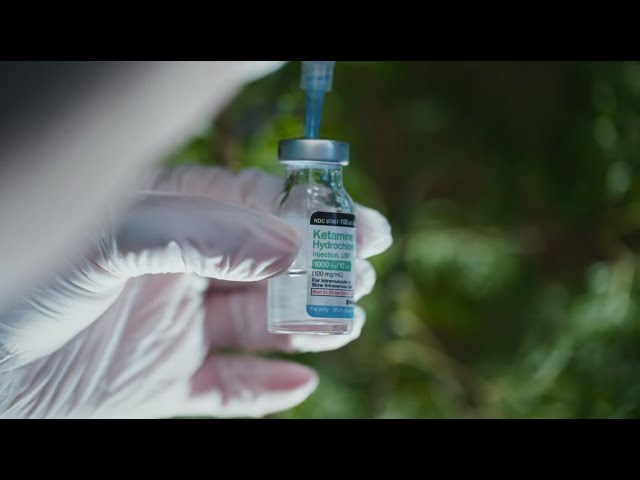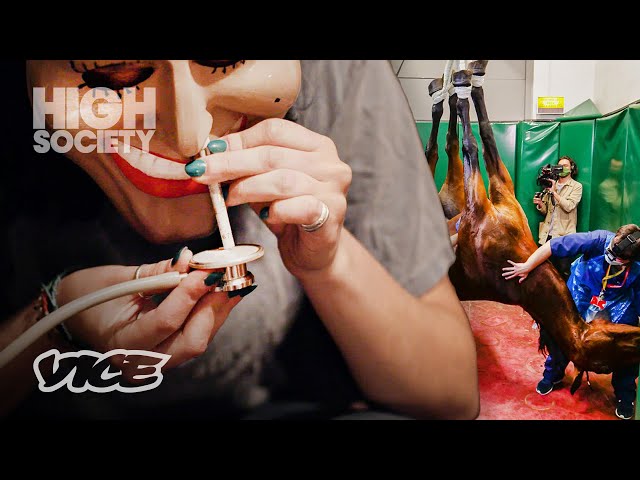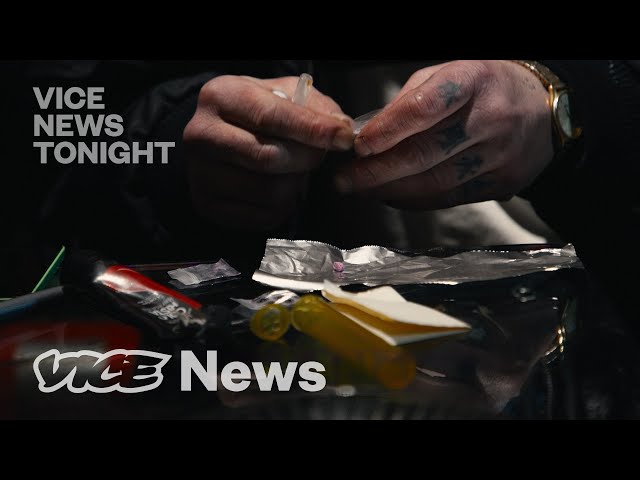In 2021, over 100,000 Americans died from drug overdoses, making it the deadliest year on record. The latest phase of the overdose crisis is being fueled by synthetic substances, often combined with fentanyl to create street drugs that are even more potent and addictive. One of the most dangerous of these combinations is "benzo dope" —a mix of fentanyl and benzodiazepines, a class of sedatives that slow brain activity. This blend significantly increases the risk of overdose and seizures. Alarmingly, naloxone, the life-saving drug used to reverse fentanyl overdoses, is ineffective against benzo dope. In fact, using pure fentanyl alone is considered less hazardous. These mixtures are often made illicitly with ingredients that can be found in household kitchens, making them difficult to track or regulate. Another rising threat is "tranq"—a combination of fentanyl and xylazine, a veterinary tranquilizer not approved for human use. Xylazine prolongs fentanyl’s high but severely disrupts the central nervous system, leading to memory loss, dangerously low heart rate and blood pressure, and flesh wounds that don’t heal, often resulting in amputations. What makes this trend even more alarming is the ease with which these synthetic drug components can be purchased online—just a search away. Since the U.S. banned the import of pure fentanyl from China, the production and circulation of these homemade synthetics have surged, and that trend is expected to continue. Meanwhile, the lack of accessible recovery programs makes it even harder for users to escape addiction. These new drug cocktails are so powerful that users often don’t even remember getting high—they either wake up hours later or overdose. With these chemical-laced versions of fentanyl saturating the market, using drugs has become a gamble with life-threatening consequences. Ironically, in this deadly environment, some dealers now consider selling only uncut or pure fentanyl the “ethical” option. Beyond Fentanyl explores this unsettling landscape by examining the spread of benzo dope and tranq, their devastating effects on North American communities, and how U.S. drug policy has contributed to this surge in synthetic street drugs.



